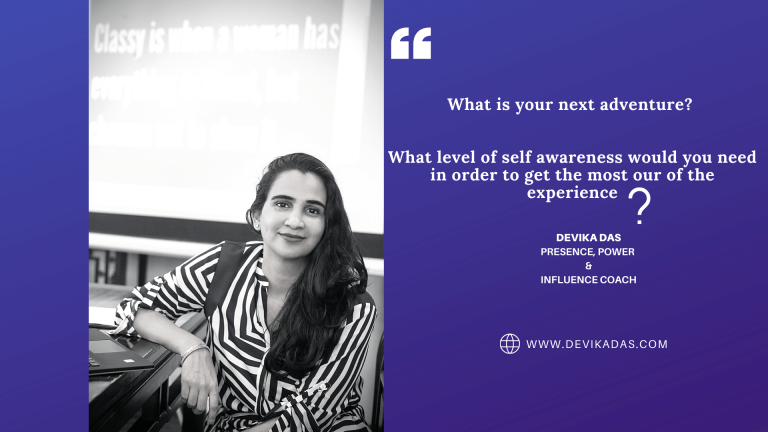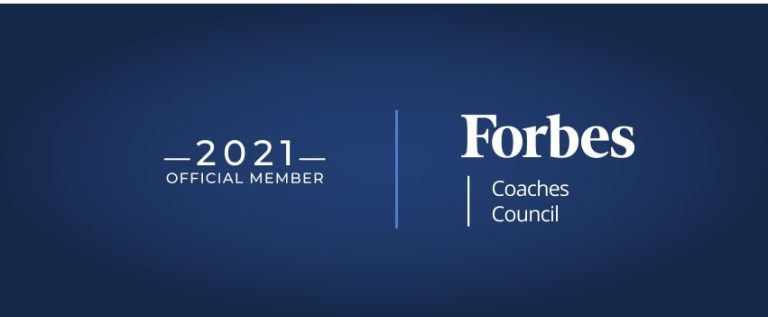
GLAMOUR AND AUTHORITY: 6 unconscious messages your clothes send out

Specializing in Executive presence, I have noticed that many mistakenly substitute glamor for presence or gravitas. A 2000 dollar Armani suit has little to do with your presence. Yes, being appropriately dressed is important as it helps to exude a culture, your values and your competence to do your job well.
To add a bit of credibility to the article, I’d like to add that my close family is in the fashion business and while I was researching for executive presence, I studied formal dressing and styling in Milan, Italy. I do know a few things about dressing, most of all why dressing to exude competence and being relatable to personal values and the audience is more important than only glamor (unless you work for the likes of Harper’s Bazaar, Vogue, Tom Ford and Armani).
Let’s face it, if your organization has reservations on your appearance in front of the clients, it undermines your competence to meet objectives and represent the company.
The more senior you become, the more face to face interactions you’ll have with high-value clients. Understandably, an immense value is placed on the ‘packaging, ’ i.e., the workplace appearance.
Humans are 90% visually oriented, grooming, clothes, and posture signal if the best of you is showing up for the interaction. Dressing appropriately enhances power and influence and further benefits career.
Influence aside there are other collateral advantages to being well dressed. Unconsciously, our psychical appearance is the manifestation of our inner theater. Here are few subtle yet powerful messages you give out when you dress appropriately:
1. I feel good:
During research on appearance respondents of a survey indicated that, when using their clothing to impress others, they experienced positive self-perceptions such as feeling dependable, competent, productive, and friendly. Researchers have found that both men and women believe that the quality of their performance improves when they dress appropriately or are well dressed, and it may have something to do with feeling good about themselves.
2. I self-monitor:
Imagine a morning you have an important meeting to go to. You get out of bed, you’ve put some thought into what to wear and before stepping out of your home, and you look at yourself one last time ( a regular routine when someone is particular about being turning out).
What does it show about yourself? That you’ve self-monitored!
This a subtle observation the audience makes unconsciously.
3. I wear my values on my sleeve:
A client of mine, who wanted to look more approachable towards his team removed his tie at the office and wore it for formal meetings with the clients.
Approachability and professionalism were both important values to him, and he found ways in exuding both the values to the specific audience. These executives use to attire communicate core personal values, if the attire and values are not aligned, it will show up eventually sabotaging your reputation and career.
4. I manage reputation
If all business is show business, the CEO is the star performer.
These ‘well dressed’ self-monitors are sensitive to the environment.
They take can active interest in influencing their surroundings by taking clues on how to strategically impact and inspire others. The physical appearance of a CEO can contribute immensely towards managing the personal and organizational brand and reputation. Think about it, when we visualize the launch of an Apple product we see Steve Jobs in his polo T-shirt and denim or Tim Cook’s collared shirt EVERY TIME… shows consistency.**
5. I fit culturally in my organization:
An executive’s wardrobe demonstrates their understanding of the organizations’ culture and their ability to adapt to it. The better the fit, the greater the likelihood that the person will be given further opportunities to grow. The appearance is relevant to the corporate culture as a reflection of it. Roles are guided by the organizations objective and culture, and individual’s competence; appearance is a visual manifestation of these.
6. I’m better paid
A study at Yale in 2014 used 128 men where the participants had to take part in mock negotiations. There were three groups one dressed poorly(sweatpants and plastic sandals), one neutrally dressed and the third well dressed. Those dressed poorly averaged a profit of $680,000, the group that was dressed neutrally made a profit of $1.58 million. Finally, the winners were the group in suits with a profit of $2.1million.
Those who dress better, feel better about themselves and go on to perform better. Better performers are more valuable, and hence they are paid better. Very often ‘halo effect biases’ shows up in the way we judge visually appealing individuals. Some of these people are considered competent even without having to prove it. Example: 58% percent of Fortune 500 CEOs are just short of six feet tall, while only 14.5 percent of the entire male population are that same size.
Overall, the visual appeal positively impacts an executive’s rewards.
When some of the below is said in your organization, now you know why it is important!
“As an executive, he needs to invest in a crisp white shirt.”
“She needs a wardrobe upgrade as she takes on a new role in marketing.”
“He needs a bit of repackaging.”
***Disclaimer: Here is a bit of a disclaimer I would like to add to the above article. It is very generic; rules are unequal when it comes to very senior men and women. Men can get away with simple clothing, but senior women must continue to focus on the dressing. Many women follow the ‘ glamor and authoritative’ route.
For example, if the Apple CEO was a woman and she wore the same attire for every launch, it would be interesting to see how the media would react.
Men such as Mark Zuckerberg, Tim Cook, Warren Buffett, and Bill Gates get away with the straightforward and repetitive but a privilege that is not extended to women such as Hillary Clinton, Christine Lagarde, or Sheryl Sandberg.
Despite the unfairness-
Dressing for success is a real thing!
What’s the next step in your career?
Let's Work TogetherI’ll help you find the answer and make it happen.
Book a call

